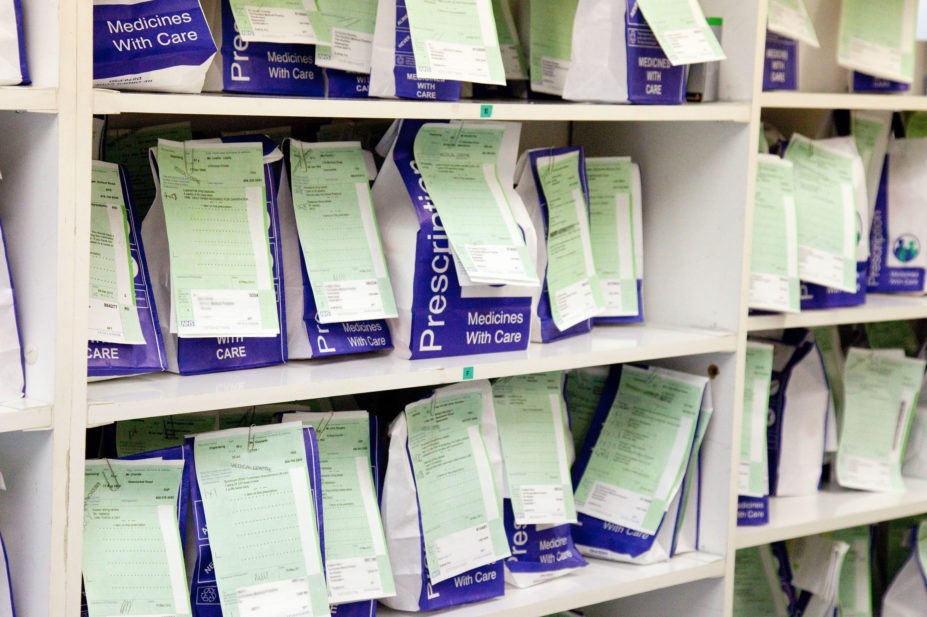
Kumar Sriskandan / Alamy Stock Photo
Community pharmacists are now able to apply for one of 327 fully-funded places on pharmacist independent prescriber courses, Health Education England (HEE) has announced.
The courses, all of which will start before March 2022, are available through nine pharmacy schools across England.
Some 143 of the training places available are on ‘Clinically enhanced independent prescribing provision’ courses, which include additional clinical content, such as clinical health assessment and diagnostics.
In a document announcing the training places, published on 27 January 2022, HEE said the places are open to pharmacists working in England in either community pharmacy, health and justice, or primary care settings.
However, pharmacists working in primary care are not eligible if they are employed through the ‘Additional Roles Reimbursement Scheme’, as these pharmacists are already able to access fully-funded training for independent prescribing.
Pharmacists must also be able to demonstrate the support of an identified designated medical practitioner or designated prescribing practitioner and have an appropriate placement arranged for practice-based learning in order to apply, the document said.
The announcement of training places comes after the NHS announced it would be investing £15.9m over the next four years to improve career development opportunities for pharmacy teams in England, including independent prescriber training for community pharmacists.
Thorrun Govind, chair of the Royal Pharmaceutical Society’s English Pharmacy Board, said it was “great to see this opened up to pharmacists working across community pharmacy, other primary care roles and health and justice care settings”.
“We hope pharmacists will take up this offer and are enabled to utilise their prescribing qualifications to support patient care, safety and improving access, as well as supporting how the NHS recovers from the pandemic.”
Helga Mangion, policy manager at the National Pharmacy Association (NPA), said: “The huge potential of independent prescribing in neighbourhoods and high street pharmacies has not yet been leveraged, so we are pleased to see HEE helping to make more courses available for this.
“The NPA’s aspiration is that pharmacist independent prescribing should eventually become commonplace in community pharmacies, so that people can enjoy a more convenient service in respect of health maintenance and management of long-term conditions, as well as acute care.”
Under the new Trainee Pharmacist Foundation Year Programme, which replaces the preregistration year across the UK, pharmacists will ultimately qualify as independent prescribers at the point of registration.
However, the first cohort to enter the register as independent prescribers will not graduate until 2026, with bodies, including the Royal Pharmaceutical Society, saying it was important that the existing workforce was not “left behind” and offered similar opportunities to gain the independent prescribing qualification.
In July 2021, The Pharmaceutical Journal revealed that the number of independent prescribing pharmacists more than tripled between 2016 and 2020.
Read more: A quiet revolution: how pharmacist prescribers are reshaping parts of the NHS


